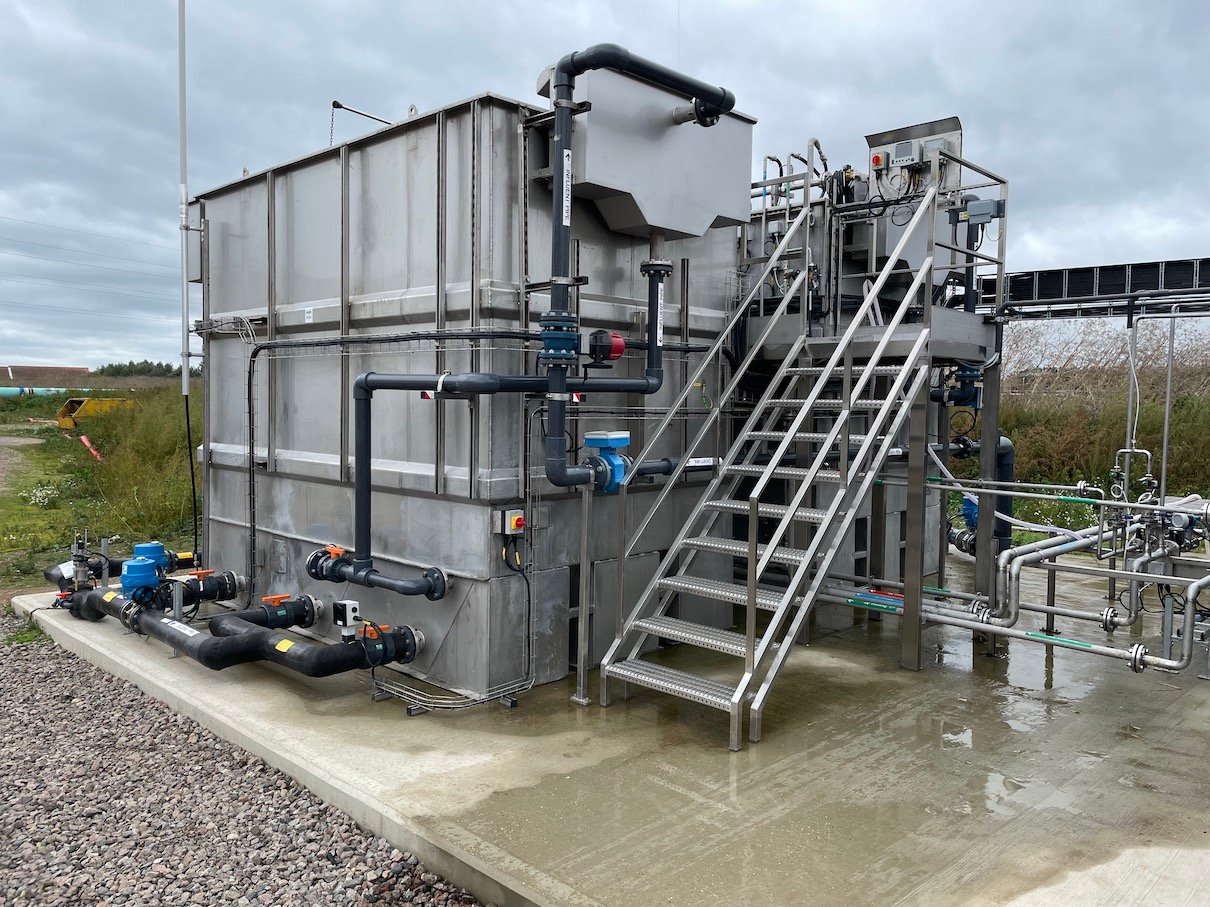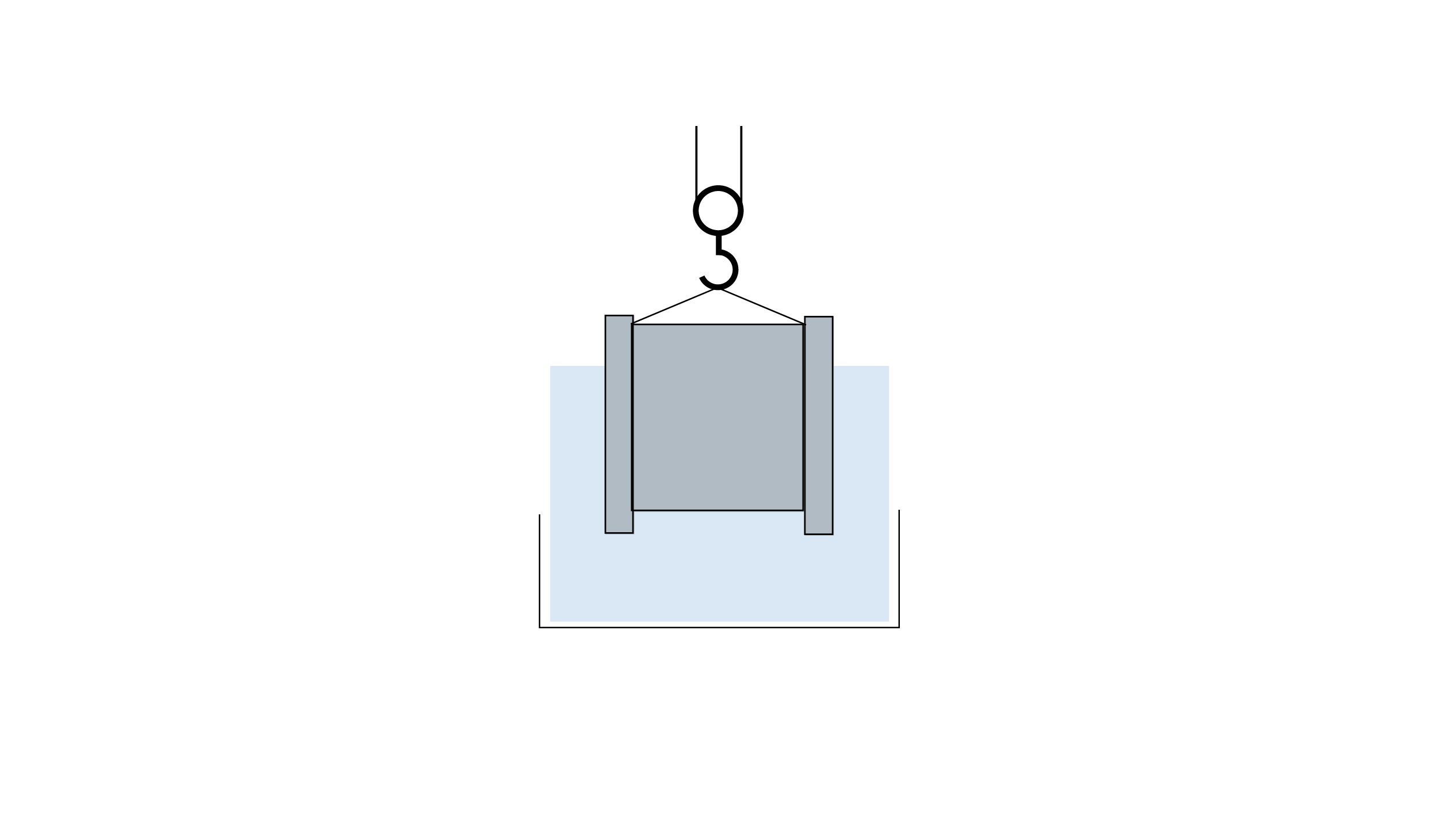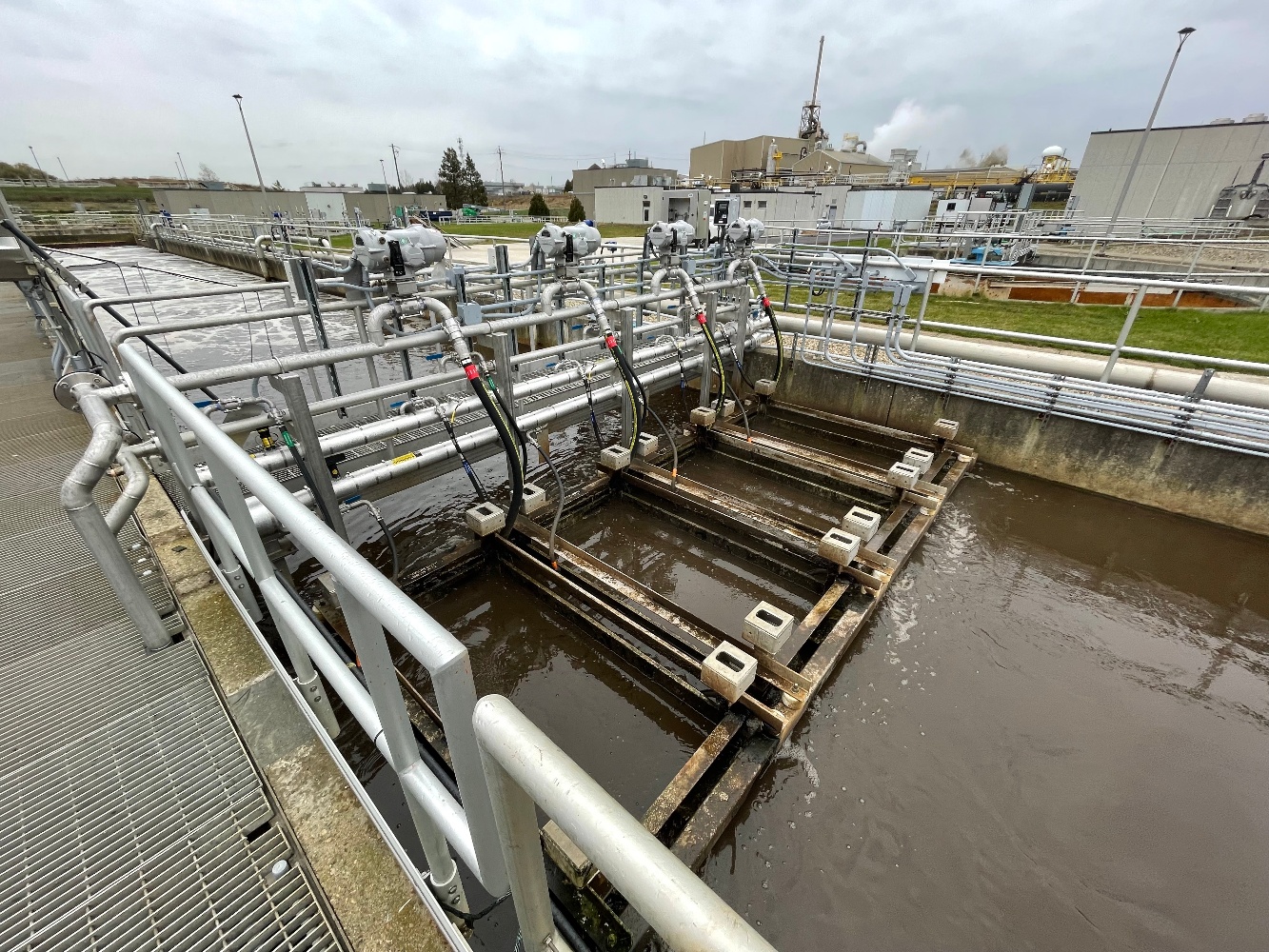4 Signs You Are Ready to Upgrade Your Wastewater Treatment Plant
In this blog we have outlined the four main signs that indicate it's time to upgrade.
There are a whole variety of reasons why operators and managers come to the decision that its time to upgrade their wastewater treatment plants. Understanding the underlying drivers is of importance for consultants and designers when considering how best to utilise existing assets and achieve the desire outcomes.

1. Increased Effluent Standards
An increased discharge standard is the number one driver for upgrading a wastewater treatment plant. Regulators throughout the world are placing stricter discharge limits on industrial and municipal wastewater treatment plants in a bid to improve the standard of effluent which enters the environment. There is also an increasing demand to ensure the protection of the environment from more than just organic pollution. For example, the European Water Framework Directive is aiming to increase the standards of nitrogen and phosphorus removal and change the regulations around sludge disposal.
2. Ageing Equipment & Technology
Many existing wastewater treatment plants have been in service for a number of years and have suffered from a lack of investment. Meaning that they are using old equipment and technology which may no longer be cost efficient. In these situations it is more cost effective to take the holistic approach to a wastewater treatment plant upgrade and replace existing systems with new efficient equipment and technology. This results in reduced maintenance, reduced running costs, improved process outcomes and a very short ROI.
3. Rising Cost of Energy
Issues around energy consumption are of growing importance in the world today. Higher energy costs, greenhouse gas emissions and a changing climate have focused attention on the fact that while wastewater treatment plants are preventing water pollution they should not result in air pollution. Energy comprises a significant fraction of the operating costs of a wastewater treatment plant. The water industry is one of the largest industrial users of energy with an estimated 2.5 - 3% of total global electricity consumption used for the aeration of wastewater alone. With the cost of energy on a steady increase for the last number of decades, it is in the best interest of the environment and the economics of wastewater treatment plants, for operators to find efficiencies in energy use.
4. Expansion of Treatment Plant Capacity
As a result of increased urban development and the rising population, there are many wastewater treatment plants today experiencing difficulties in meeting capacity for wastewater treatment. An increase in population and urban development create higher volumes of wastewater which result in overloaded wastewater treatment plants. The solution is a plant expansion, however this is not always possible because of a lack of available land for construction. New treatment technologies which reduce the required footprint can be the solution to ensure an upgrade of the wastewater treatment plant capacity is possible in the limited space.






